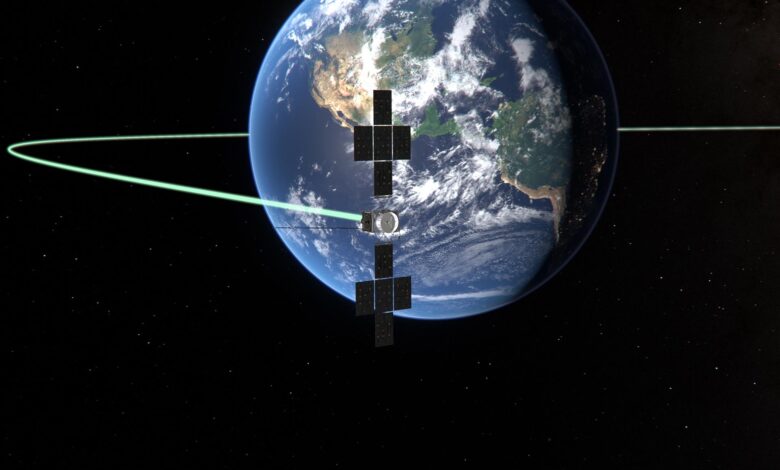The Joos probe on its way to Jupiter: historic flybys of the Moon and Earth to receive gravitational assistance

The European Space Agency’s (ESA) probe Joss made a brief visit to the moon on Monday to get a gravitational boost and captured some historic photos of the encounter.
JOS (Jupiter’s Icy Moons Probe) reached a distance of approximately 750 km from the moon’s surface on Monday night in the first stage of the process of receiving a gravity assist. The second phase will take place early Wednesday morning Iran time, when the probe will fly by the Earth.
Jose recorded Monday’s encounter with the moon with multiple images taken using its onboard surveillance camera (designed to confirm the deployment of the probe’s solar panels and science instruments), and the European Space Agency released these raw, unprocessed images as the spacecraft approached the moon. Earth, shared with the world via live broadcast.
JOSS was launched in April 2023 to study Jupiter and the three largest Galilean moons (Ganymede, Callisto and Europa). All three moons are thought to harbor oceans of liquid water beneath their icy crusts. Europa’s ocean probably enables a range of fascinating chemical reactions in contact with its rocky bedrock. In contrast, the Ganymede and Callisto seas may have been sandwiched between ice sheets.
The flybys of Joss by the side of the moon and the earth are considered historical events. According to the European Space Agency, no other spacecraft has ever received dual gravitational assistance from our planet and its moon. These two maneuvers will put Joss on a similar approach to Venus in August 2025, when the probe will eventually be accelerated towards the gas giant by the planet’s gravity.
Ignacio Tanko, the operation manager of Jos spacecraft, during the live broadcast of the European Space Agency, referring to the flight of the probe by the side of the moon, said that by performing this maneuver and then flying by the side of the Earth and finally Venus, we can save almost half a year in travel time and in We will reach Jupiter in July 2031.









